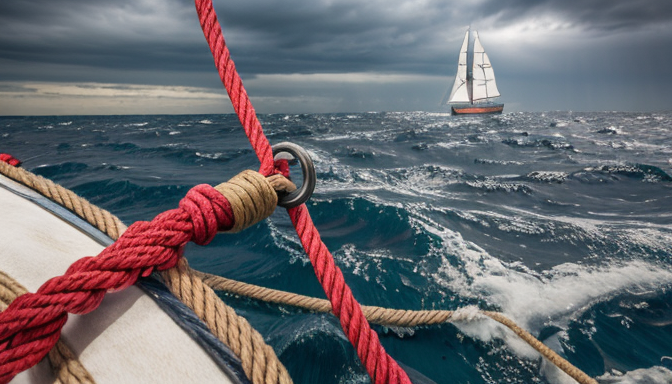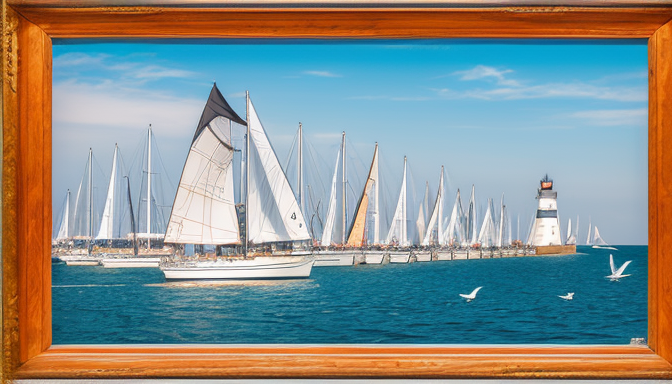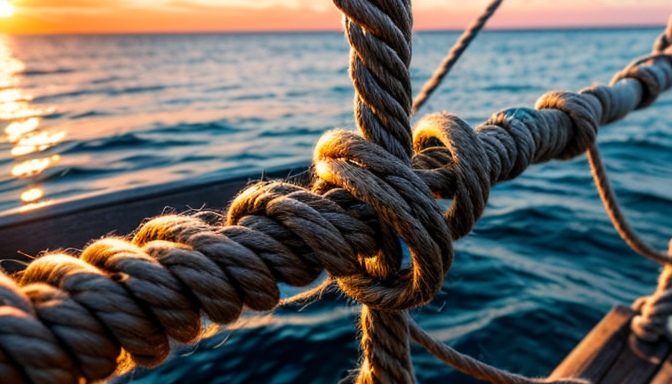From Landlubber to Captain: Your Sailing Journey Awaits
Are you ready to trade the solid ground for the vast, open sea? Your sailing adventure is about to begin! The journey from a landlubber to a skilled captain is not just about learning to steer a boat; it’s about embracing a lifestyle filled with excitement, discovery, and freedom. Imagine the thrill of feeling the wind in your hair and the salt spray on your face as you glide across the waves. But before you can hoist the sails and navigate the waters, you need to understand the basics of sailing.
First things first: what exactly is sailing? At its core, sailing involves using the wind to propel a boat. To get started, you’ll need to familiarize yourself with essential sailing terminology. Terms like “port” (left side of the boat), “starboard” (right side), and “bow” (front) are crucial. But don’t worry, mastering this lingo is part of the fun!
Next, let’s touch on navigation basics. Knowing how to read a compass and charts is vital for your journey. Think of it as your treasure map—without it, you might end up lost at sea! And let’s not forget about safety tips! Always wear a life jacket, check the weather, and never sail alone until you’re confident in your skills.
Once you’ve grasped the basics, it’s time to dive into advanced sailing techniques. This is where the magic happens! You’ll learn about weather patterns, how to tie essential knots, and tactical maneuvers that will empower you to sail like a pro. Imagine navigating through challenging conditions with the confidence of a seasoned sailor, making split-second decisions that keep you and your crew safe.
So, are you ready to set sail and embrace the adventure? Your journey from landlubber to captain awaits, and it’s going to be an exhilarating ride!
Understanding the Basics of Sailing
Embarking on your sailing journey is like setting off on an exciting adventure, where the wind becomes your guide and the waves your dance floor. To start, it’s crucial to grasp the art of sailing. This includes familiarizing yourself with essential sailing terminology such as port (left side of the boat), starboard (right side), and bow (front of the boat). Understanding these terms is like learning the language of the sea, and it will help you communicate effectively with your crew.
Next up, let’s talk about navigation basics. Navigating the open waters requires a keen sense of direction and an understanding of how to read nautical charts. You’ll want to learn about buoys, lighthouses, and even the stars! Just imagine sailing under a blanket of stars, using the constellations as your compass. It’s not just romantic; it’s practical!
Safety should always be your top priority. Here are some
- Wear a life jacket at all times.
- Check the weather before heading out.
- Know your boat and its capabilities.
These tips will ensure that your sailing experience is not only thrilling but also safe.
Finally, mastering seamanship techniques is essential. This includes learning how to tie various knots, which are the lifelines of sailing. Think of knots as the building blocks of your sailing skills—each one holds your journey together. With practice, you’ll be tying knots like a seasoned sailor in no time!

Mastering Advanced Sailing Techniques
Once you’ve dipped your toes into the world of sailing, it’s time to elevate your skills to the next level. is like learning to dance on the waves—every move, every turn, requires practice and finesse. So, what does it take to sail like a pro? Let’s break it down!
First off, understanding navigation basics is crucial. Imagine you’re at sea, and the sun is setting. You need to know how to read a chart and use a compass to find your way back. This isn’t just about getting from point A to point B; it’s about ensuring your safety and the safety of your crew. Familiarize yourself with terms like latitude and longitude, and practice plotting a course. It’s a bit like being a treasure hunter, where the map is your best friend!
Next up, let’s talk about safety tips. Always have a plan in place. This includes knowing how to handle emergencies, like sudden weather changes or equipment failures. Make sure your life jackets are accessible and that everyone on board understands basic safety protocols. Think of these measures as your sailing armor; they protect you from the unexpected storms of life.
Finally, let’s dive into seamanship techniques. This encompasses everything from knot tying to understanding wind patterns. Mastering knots is akin to learning the ropes of a new relationship—each knot has its purpose and strength. For instance, the bowline knot is your reliable partner, creating a fixed loop that won’t slip. Meanwhile, understanding how to trim your sails according to the wind is like dancing with nature, adjusting your moves to stay in harmony with the elements.
In summary, mastering advanced sailing techniques is not just about skill; it’s about confidence and adaptability. So grab your gear, hit the open waters, and transform into the captain you were meant to be!
Frequently Asked Questions
- What is the best way to start learning sailing?
The best way to kick off your sailing adventure is to take a beginner’s sailing course. These classes cover the basics, from terminology to hands-on practice, giving you the confidence to set sail!
- Do I need to own a boat to learn sailing?
Nope! You don’t need to own a boat. Many sailing schools offer rental boats for training, so you can learn without the commitment of ownership.
- How long does it take to become a proficient sailor?
It varies for everyone, but with consistent practice and dedication, you could become proficient in just a few months. Think of it like learning to ride a bike; the more you practice, the better you get!
- What are the essential skills I should focus on?
Start with basic navigation, knot tying, and understanding weather patterns. These skills are your sailing bread and butter, ensuring you’re ready for whatever the open waters throw at you!
- Can I sail alone or should I always have a crew?
While sailing solo can be thrilling, it’s safer and often more enjoyable to have a crew, especially when you’re starting out. Think of it as having a buddy on a roller coaster – it’s just more fun together!






